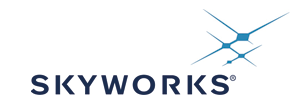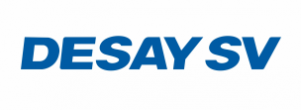The Southern African Digital Broadcasting Association (SADIBA) three-day digital event was an excellent opportunity to update the Southern African media experts attending the conference, on the key features of Digital Radio Mondiale (DRM). The focus of Friday 17th was on the DRM flexibility, its all-band coverage, and on how energy costs of broadcasters can be drastically reduced.
This was a half day presentation much appreciated by the participants, among whom the conference organisers welcomed the South African Minister of Communication, Ms Faith Muthambi, MP. She spoke to all the international speakers at the conference and attended the presentations and panel discussion on the DRM standard, its possibilities and the challenges of manufacturing digital receivers in the country.
In the DRM update, the DRM Consortium chairperson, Ms Ruxandra Obreja, gave up-to-the minute facts illustrated with audio presentations on DRM developments in BRICS countries in Asia, Latin America and also Europe. The audio clips which illustrated the excellent quality of DRM in AM (equal if not better than FM), the sound quality at exceptional low bitrates of xHE-AAC, the new codec adopted by DRM, and the emergency warning functionality delivered with the help of Journaline, were very well received by the over 80 participants to this important conference. The biggest digital rollout is in India, and an impressive update was given by the Hon. Chairman of the India DRM Platform, Mr. Yogendra Pal.
Of exceptional interest were naturally the reported activities of the DRM Southern Africa Platform, chaired by Dr Roelf Petersen (Group MD of Pulpit Media). Radio Pulpit was awarded no less than 6 national awards at the big annual MTN Award ceremony in Johannesburg, a day after the end of the SADIBA conference, on April 18th.
Detailed feedback was given on the successful DRM trial currently being performed by Radio Pulpit on AM 1440 kHz near Pretoria and the outstanding audio quality of tests. The fact that two stations were broadcasting on two channels run on the one DRM frequency of Radio Pulpit, was met with great interest. The trials will be continued for another six months after ICASA recently extended the temporary trial license from April to October 2015. SENTECH will actively participate in the remaining trial period.
During the SADIBA conference, a live BBC transmission of excellent quality was received, via Ascension Island, on DRM 21625 kHz SW through the good offices and work of Babcock International. This proved that DRM can cover large areas and countries like South Africa, and also smaller areas, all at reduced costs. The next step would be to demonstrate DRM’s audio quality, flexibility, spectrum saving possibilities and green energy credentials in by running a DRM trial (in the VHF bands, in DRM+).
“DRM can satisfy all geographical, social and cultural needs of a country of such diversity as South Africa. It can offer radio access to all citizens. DRM offers a new opportunity for the South African ICT industry, the Southern African exports by creating new jobs”, stated Ruxandra Obreja, DRM Consortium Chair.
After the SADIBA conference the organisers will collect the best ideas and suggestions and draft a recommendation paper for the Communication Minister on the introduction of digital radio in South Africa.

















